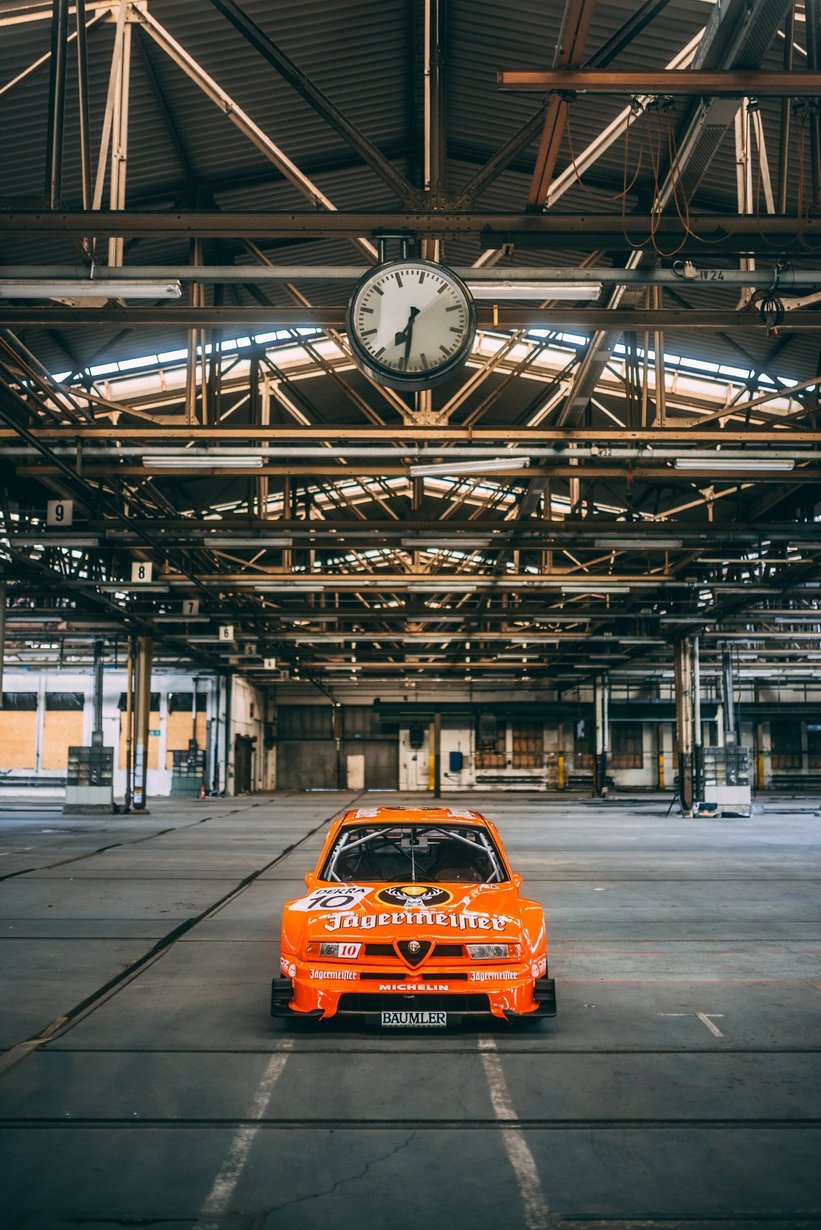
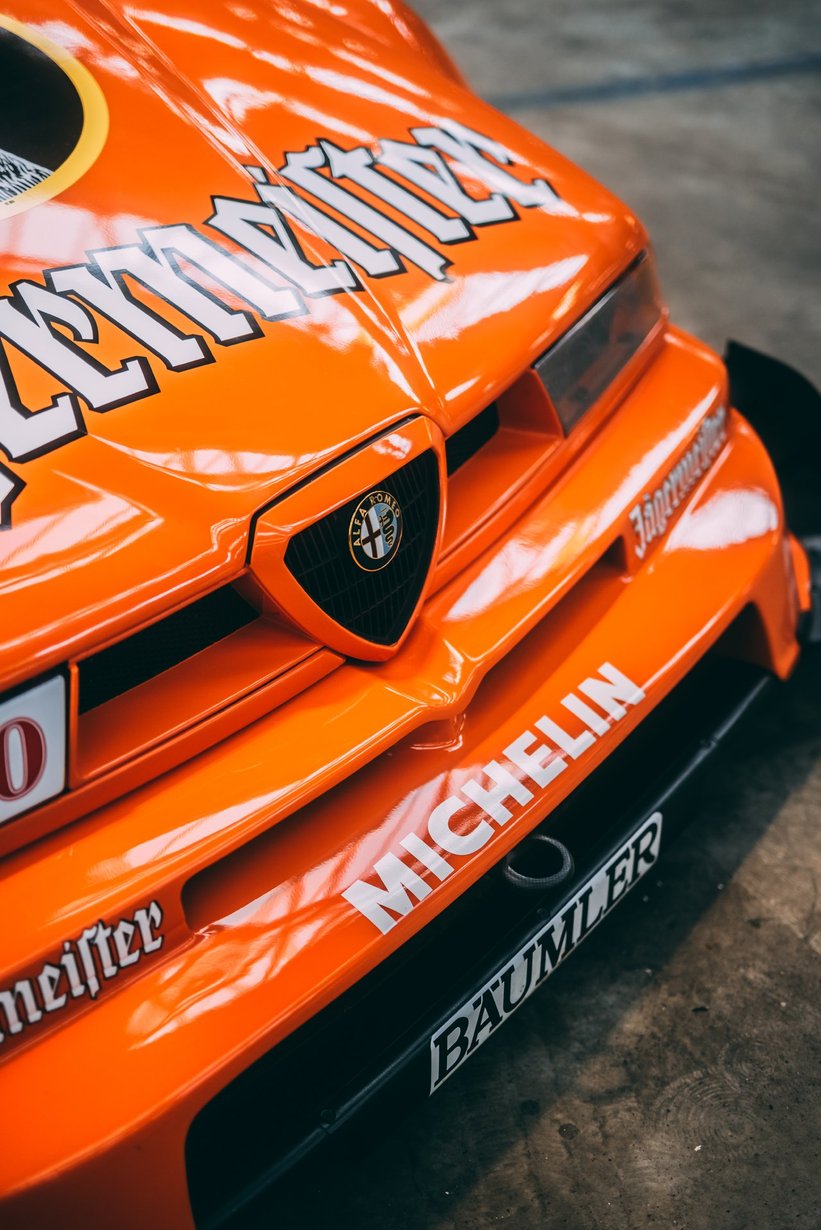
If you’re unfamiliar with touring-car racing, the Deutsche Tourenwagen Meisterschaft, or DTM, was a race series that ran between 1984 and 1996 until increasing costs killed it off. It was revived in 2000, but in the twilight years of the original championship, a Tricolore flash interrupted the German winning streak that saw nine out the original 13 titles won by the home side’s manufacturers.

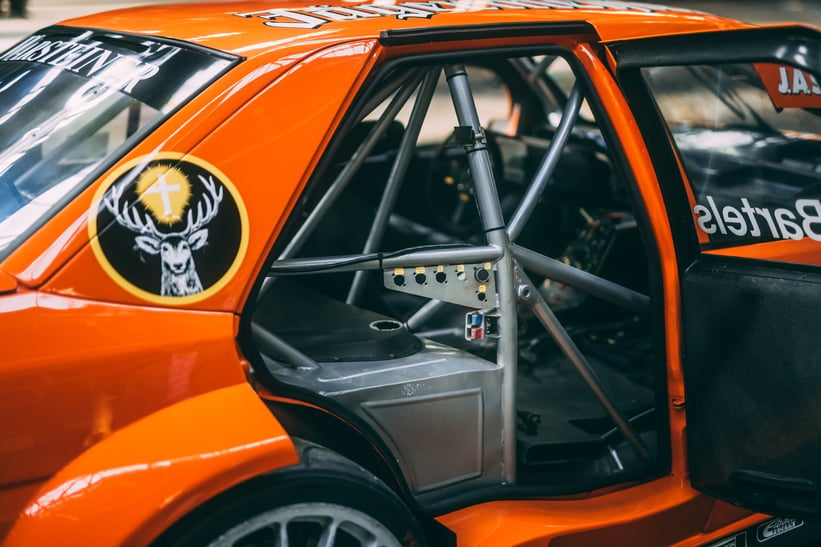
The 10th season of any race series is a serious milestone, and in Germany’s premier touring-car championship, it would have made the factory teams fielded by Mercedes, Audi and BMW all the more eager to reiterate their dominance when it came to saloon-car racing. However, Alfa Corse – Alfa Romeo’s factory squad – had other ideas. The new FIA Class 1 Touring Car regulations for that year limited engines to a maximum of six cylinders and 2.5 litres capacity, which clearly suited legendary engineer Giuseppe Busso. He penned a 60-degree V6 that produced a hearty 420 horsepower and screamed up to a glorious 11,500rpm. With Nicola Larini at the wheel of the 155 V6 Ti, Alfa Corse won a record 11 races in the car’s maiden year, thus clinching the championship. However, the 155 V6 wasn’t done there, and in various guises it went on to rack up an all-time record of 38 wins in the DTM.
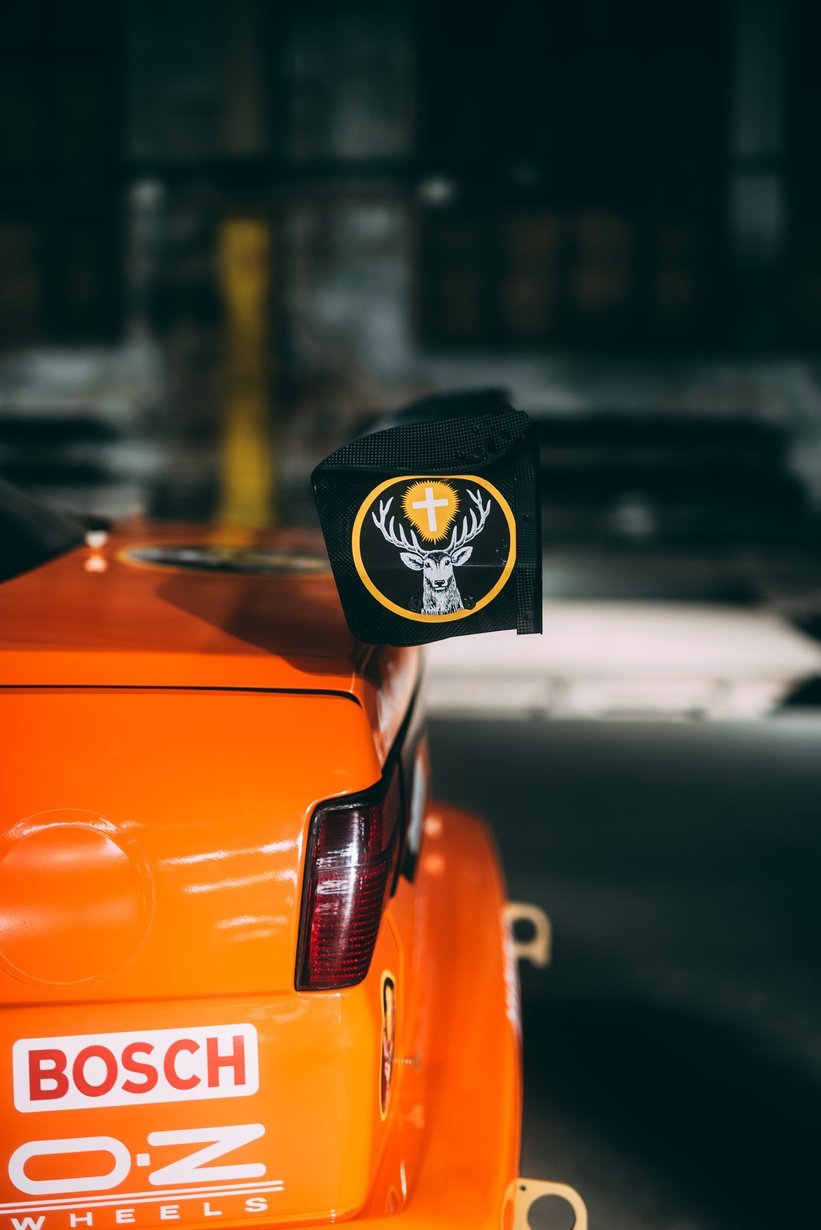
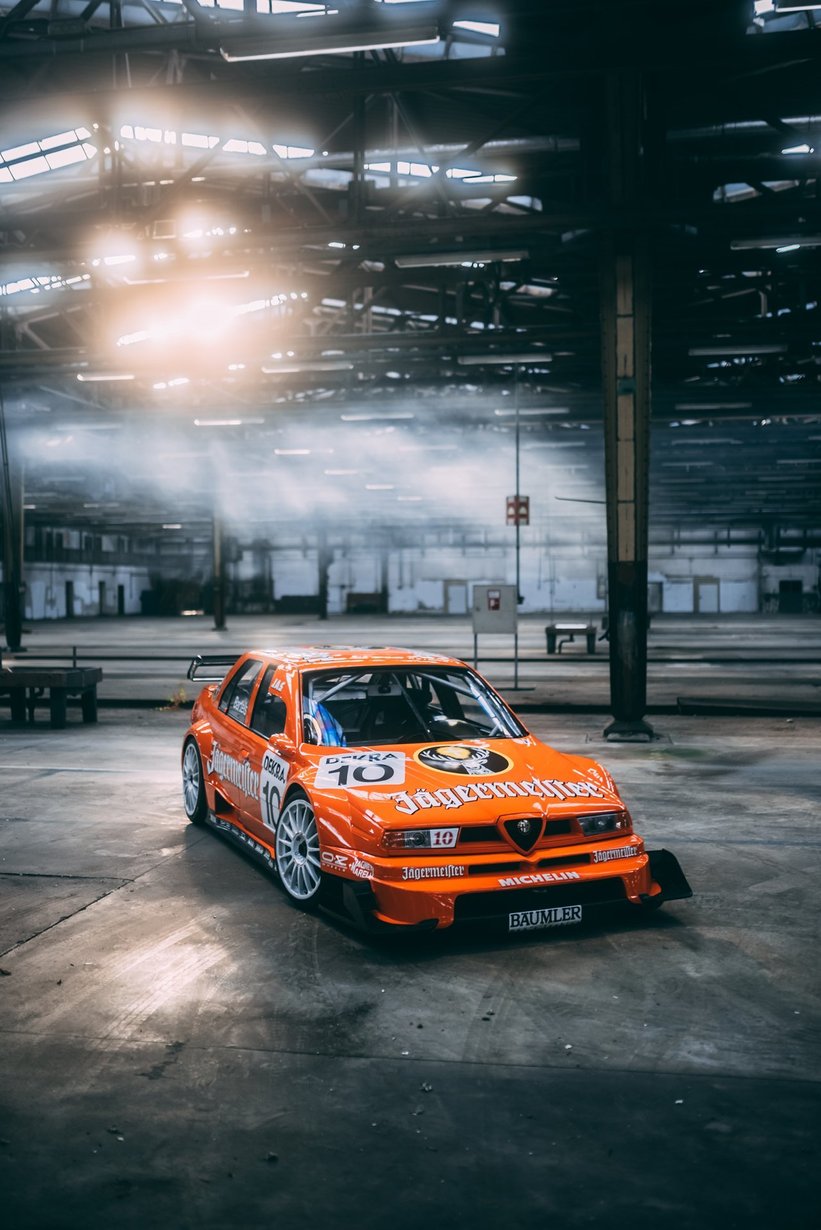
It wouldn’t be long until this orange wonder found its own success, and on the seventh race weekend of the 1995 season, driver Michael Bartels managed lights-to-flag victories in both the first and second races in Diepholz. Strong competition from the rest of the field for the rest of the season meant a 10th-place finish out of 32 drivers in the drivers' championship for Bartels, who’d also place 24th in the International Touring Car Championship (ITC).
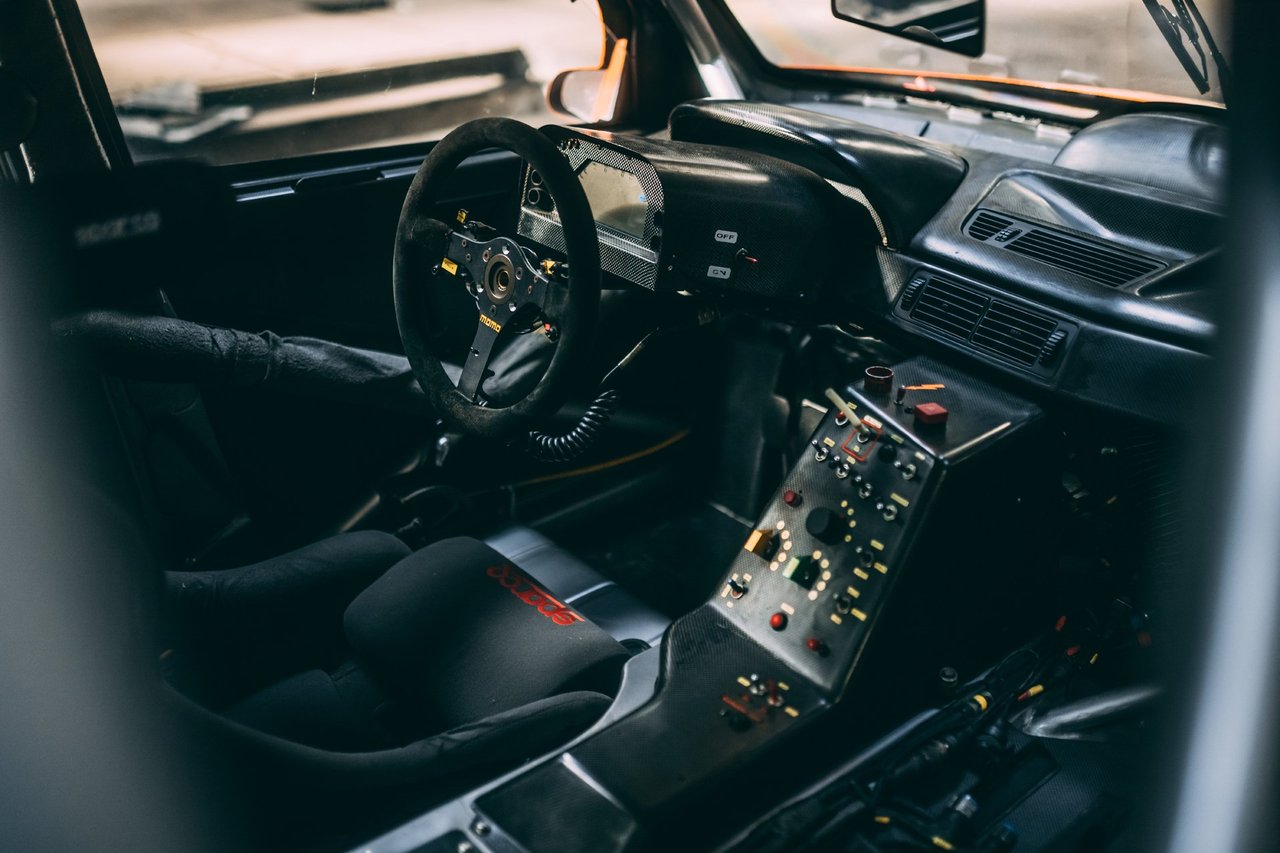
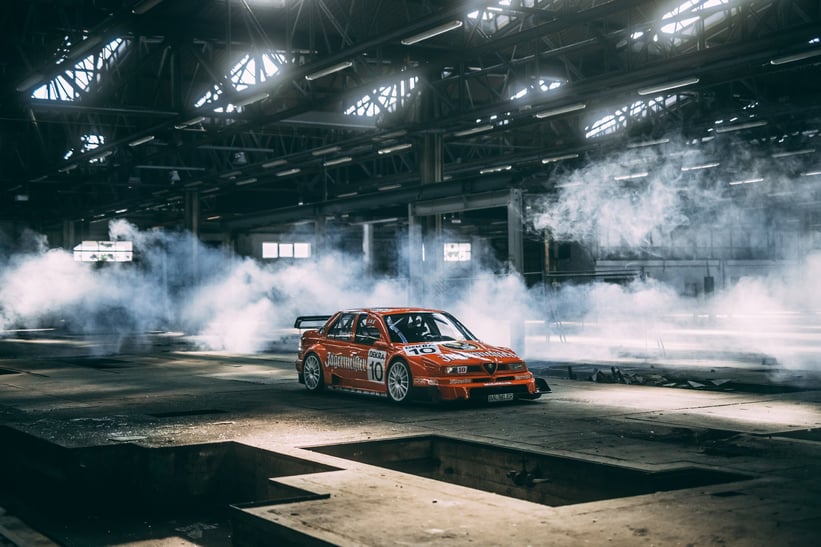
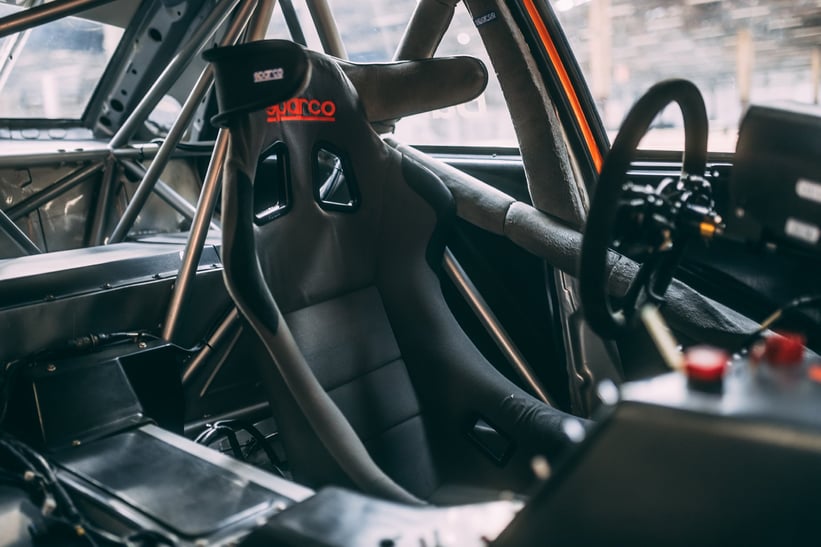
Undeterred by this and spurred on by the victories at Diepholz, in 1996 Bartels and the car were run by semi-works team JAS Motorsport from Lombardy. This is when the car gained its ultra-cool, Halloween-ready Jägermeister livery. This was familiar territory for Bartels, who’d raced in a Jägermeister-sponsored 155 for the Schübel team in 1994. That’s not all, though: in preparation for the 1996 season, the car’s Dallara chassis was fitted with the latest aerodynamic package. Under the official name ‘Jägermeister JAS Motorsport’, Bartels continued to compete in both the DTM and ITC.
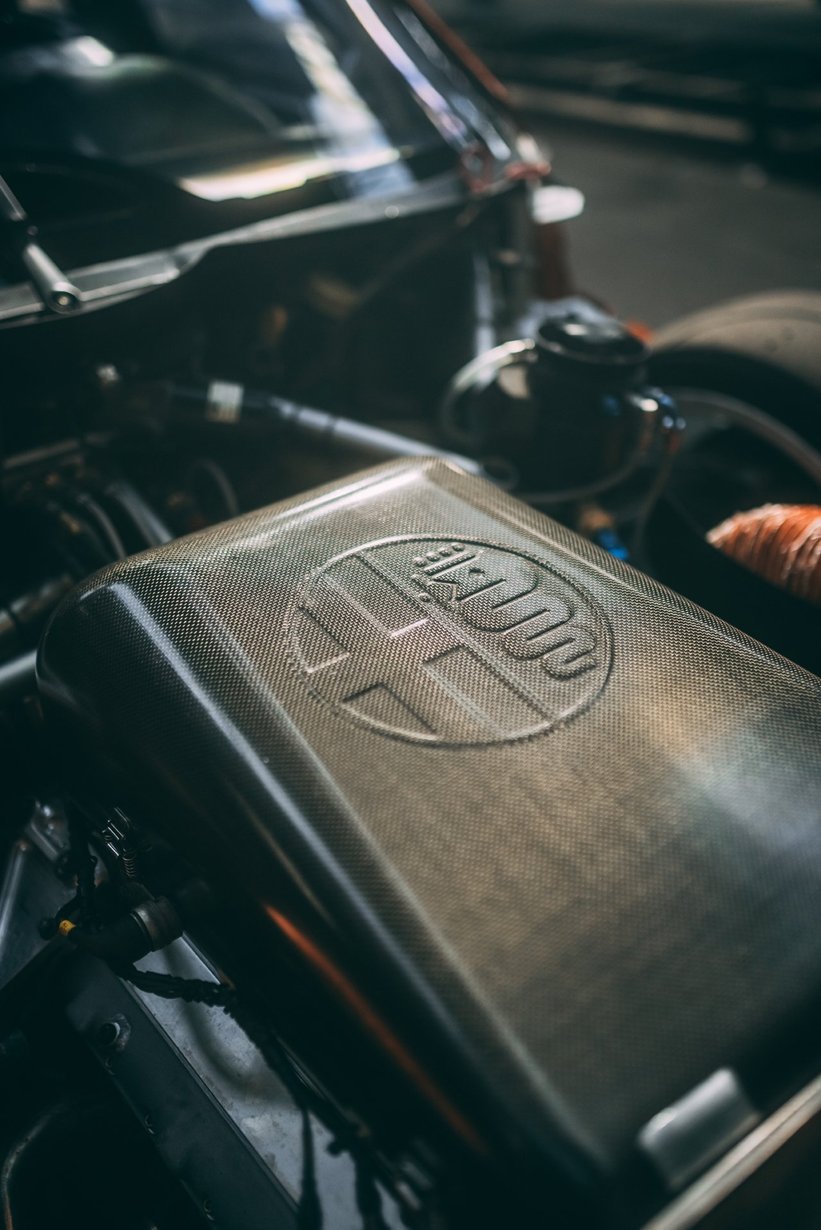
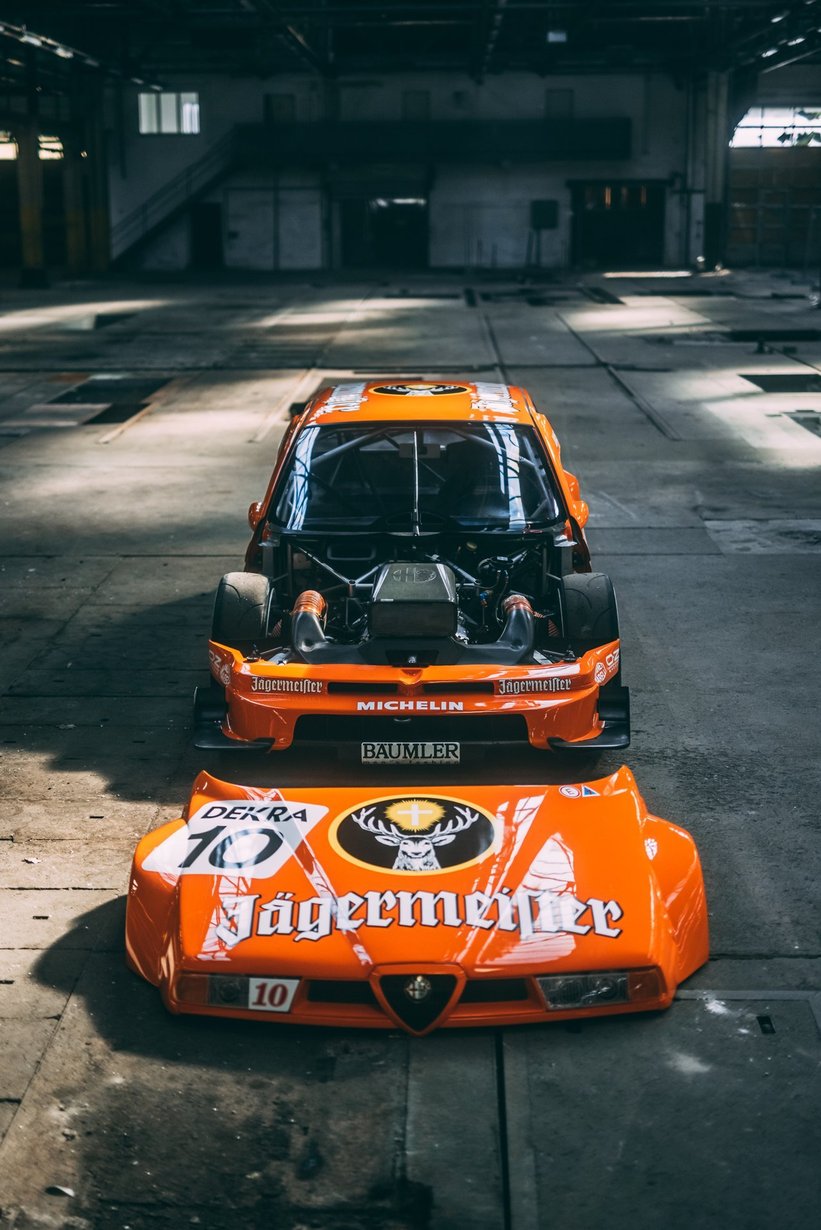
Clearly, Jägermeister-backed cars should be feared on track, as demonstrated by the Jägermeister M3, and it proved an effective combination yet again. Bartels and the orange 155 started strong, with their best result being a fourth-place overall finish at the first round in Helsinki. However, at this point many teams felt they could no longer justify dwindling returns on the increasingly large investments needed to race in this high-tech series. Opel and Alfa Romeo left the championship after the 1996 season, leaving just Mercedes and putting an end to this incarnation of the DTM.
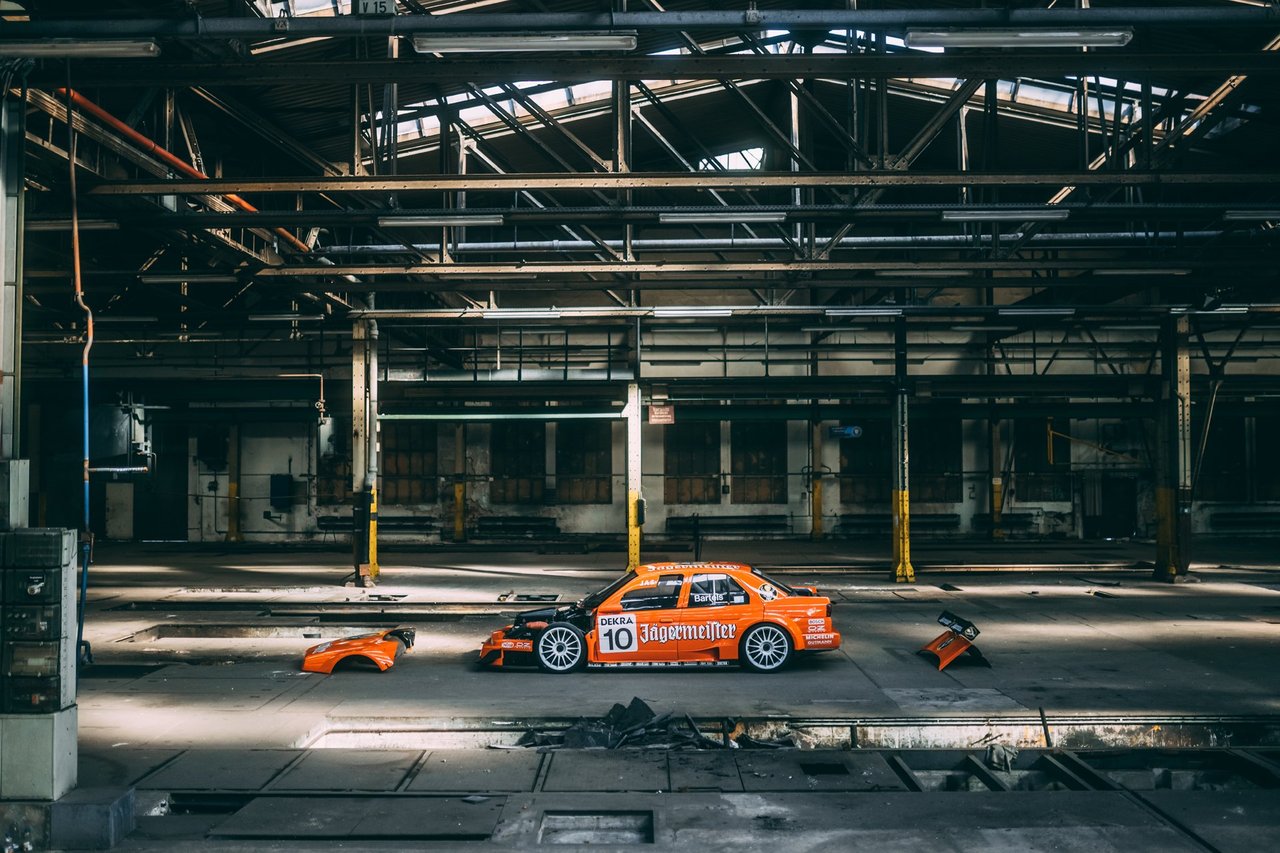
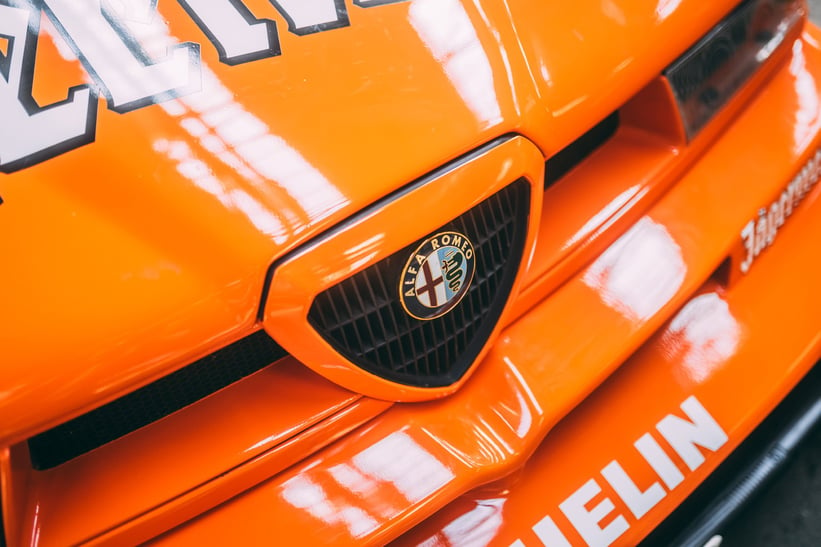
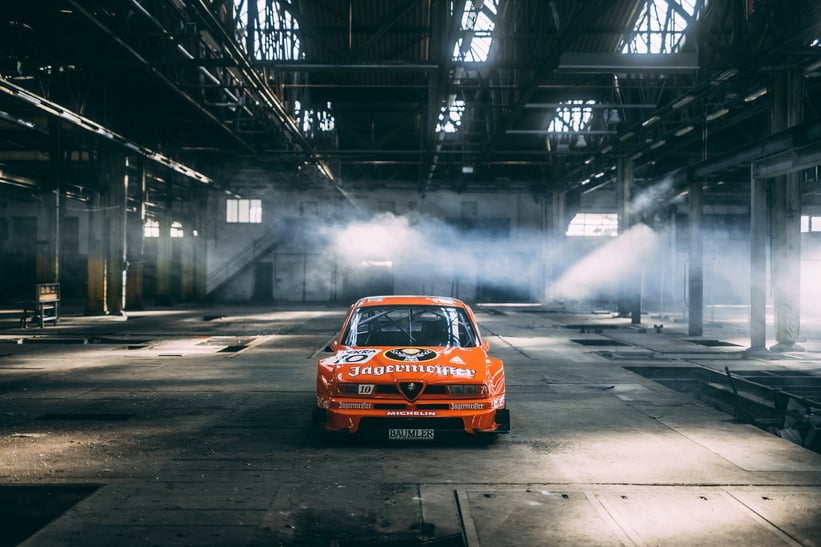
Following the demise of the series, this 155 V6 Ti disappeared into an Italian collection, before being awakened from its slumber and completely overhauled by a German racing driver in 2015. After that, the power unit was run in exclusively on a test bench, and now the car is ready for a new owner. It has been sourced by RM Sotheby’s Austrian-based specialist, Stephan Knobloch – a man who, along with his father, is heavily involved in the historic motorsport scene, and gets especially excited when consigning great racing cars to auction.
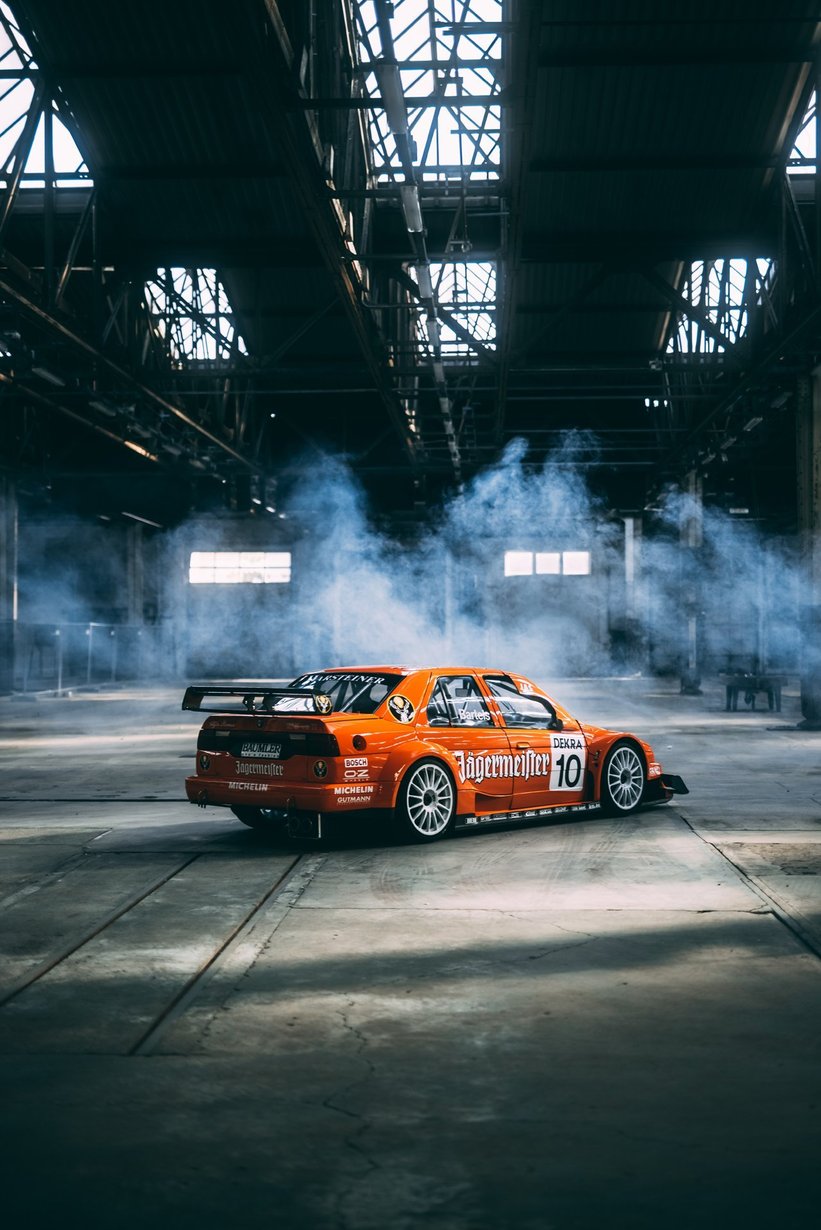
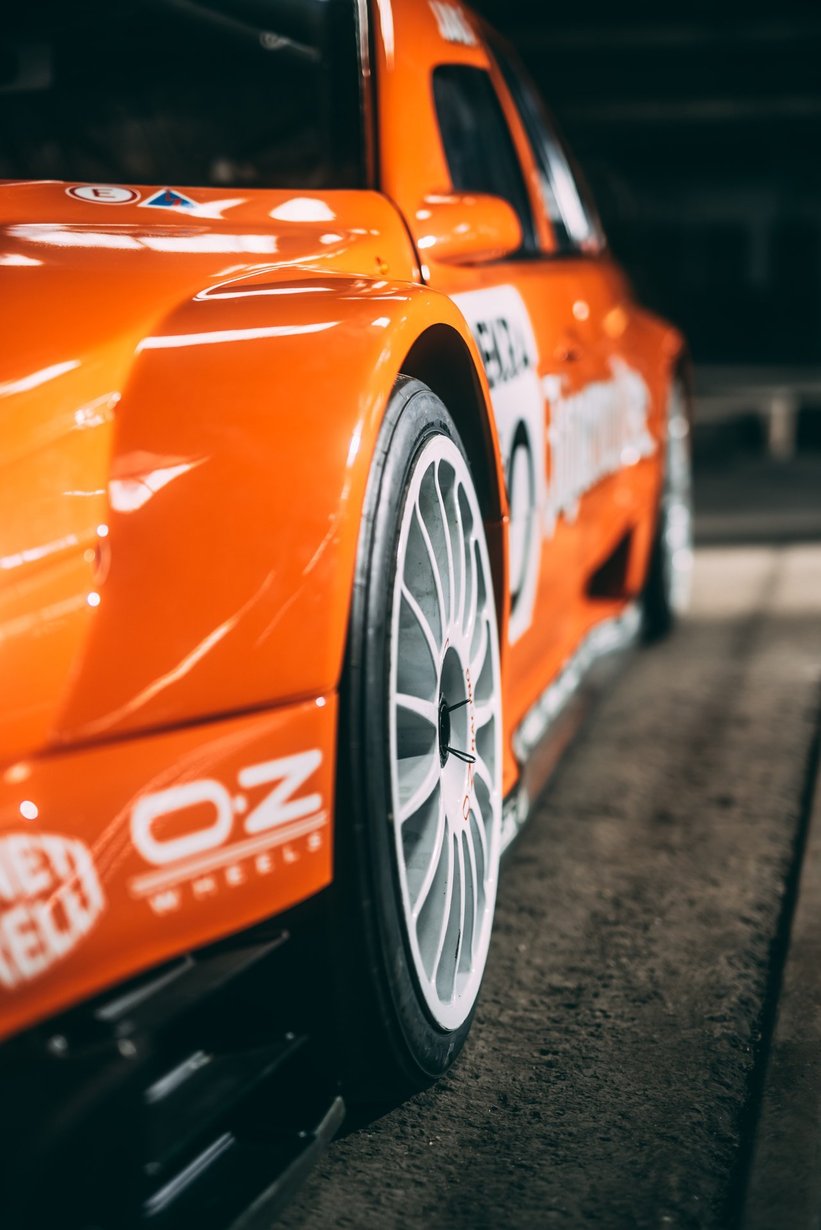
“Competition cars are my first love and I particularly love the touring and GT cars of that era,” he says. “Nobody can deny that the mid-90s was the absolute peak for touring-car racing – the cars were so highly developed for the period and looked so wild, and there were so many big names involved in that era. That’s why I’m so drawn to them.”
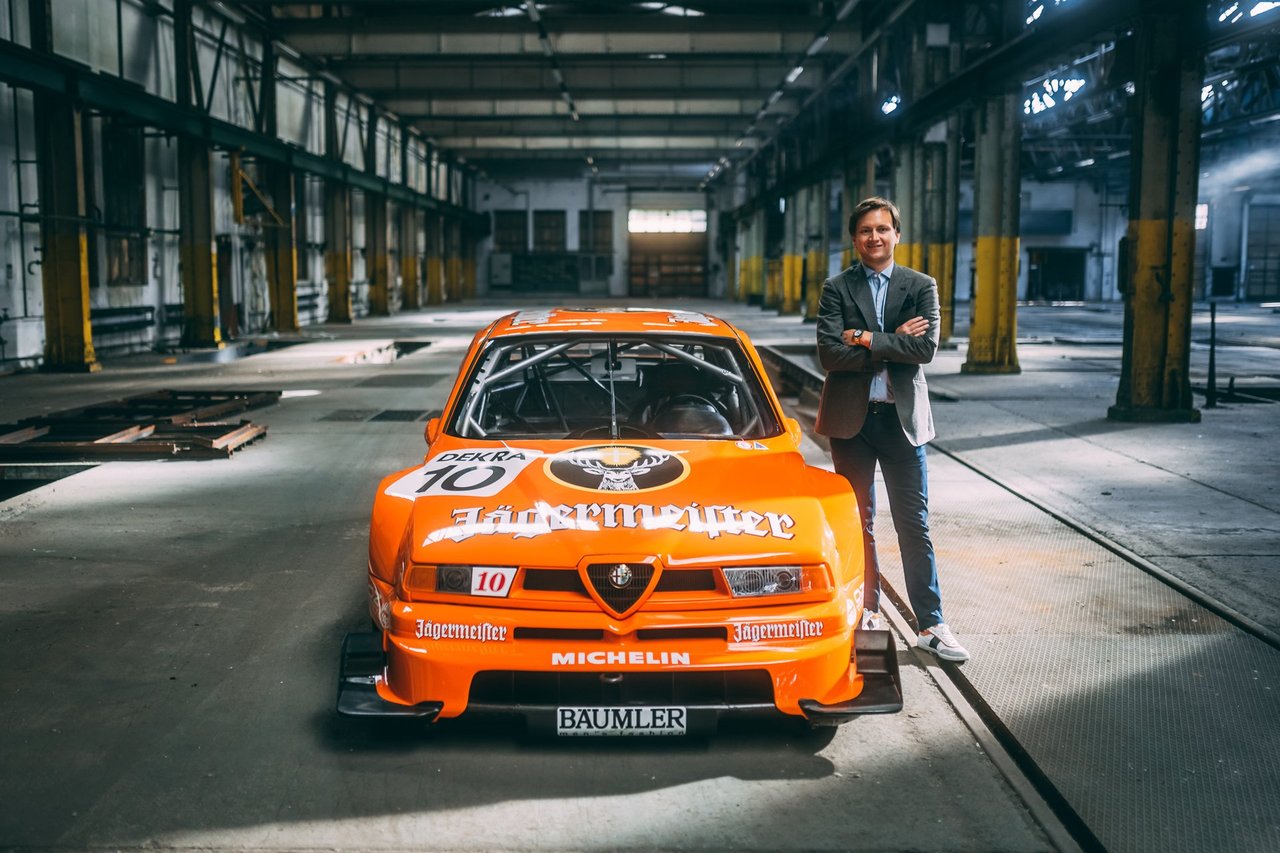
Stephan is the point of contact for any enquiries about this lovely racer. You’ll be able to bid on what’s undoubtedly one of the coolest touring cars ever to hit asphalt at RM Sotheby’s Paris 2022 sale on 2 February 2022.
Photos: Stephan Bauer for Rennmeister x RM Sotheby's © 2021






















































